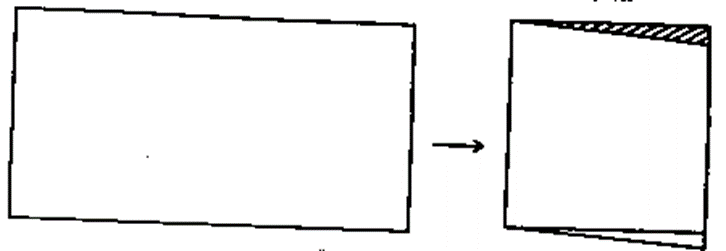Class 08 Activity – Visualizing Solid Shapes
Objective:
To verify Euler's formula for different polyhedral : Prism, Pyramid and Octahedron.
Materials Required:
Chart papers, pencil, a pair of scissors, tape, scale, gum etc.
Procedure:1.
Draw/ prepare the following nets (as shown in the figures 1 (a), 2 (a), 3 (a), 8 (a) on chart paper.
2. Cut out these nets.
3. Fold the above nets along the line and join them by gum or tape.
4. Obtain the different models of Right Prisms and Right Pyramids.
Fig. 1 (a), shows the net of a Right Triangular Prism.
Bases are congruent equilateral triangles and the lateral faces are congruent rectangles.
Fig. 2 (a), shows the net of a Right Rectangular Prism. The base and top of one prism are congruent squares and the lateral faces are congruent rectangles.
Fig. 3 (a), shows the net of a Right Pentagonal Prism.
Bases are congruent regular pentagons and the lateral faces are congruent rectangles [Breadth of rectangle = side of regular pentagon]
Fig. 4 (a), shows the net of a Right Hexagonal Prism.
Fig. 5 (a), shows the net of a Triangular Pyramid.
Fig. 6 (a), shows the nets of a Rectangular Pyramid.
Fig. 7 (a), shows the net of a Pentagonal Pyramid.
Observations:
Fig. 8 (a), show the net of a Hexagonal Pyramid.
The base is a regular hexagon and the lateral faces are congruent isosceles triangles with base equal to the side of hexagon.
Conclusion:
Students will find that in each case of the relation F-E + V has value 2.Hence, the Euler's formula F + V-E = 2 is verified.
2. In a prism the number of faces = n + 2, number of edges = 3n, number of vertices = 2n.
3. In a pyramid, the number of faces = n + 1, number of edges = 2n, number of vertices = n +1.





















